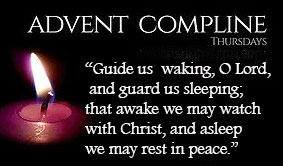Recent Articles, Dec. 10, 2023
Sermon Summary, Rev. Tom Hughes
Videos
Photos
Bulletin
Lectionary for Advent 2, Dec. 10
Advent Candle 2, Peace
Perspectives on Advent 2
Advent 2 including commentary. John The Baptist
John the Baptist in Art – National Gallery, London
Arts and Faith, Advent 2
Advent Thoughts, Advent week 2
All About Advent
Getting Ready for Advent
Living Compass Advent meditations
Shape of Scriptures in Advent
Advent Season Resources
Advent Online Learning
Music of compline, Dec. 7
Ministries
ECW takes dinner to the “House”, Dec. 5
Giving Tuesday results (updated Dec. 4)
Advent Workshop – the Nativity blocks
Advent Workshop – the Christmas trees
Christmas play poster download
Discretionary Fund in 2023
End of year gift to the Endowment Fund






